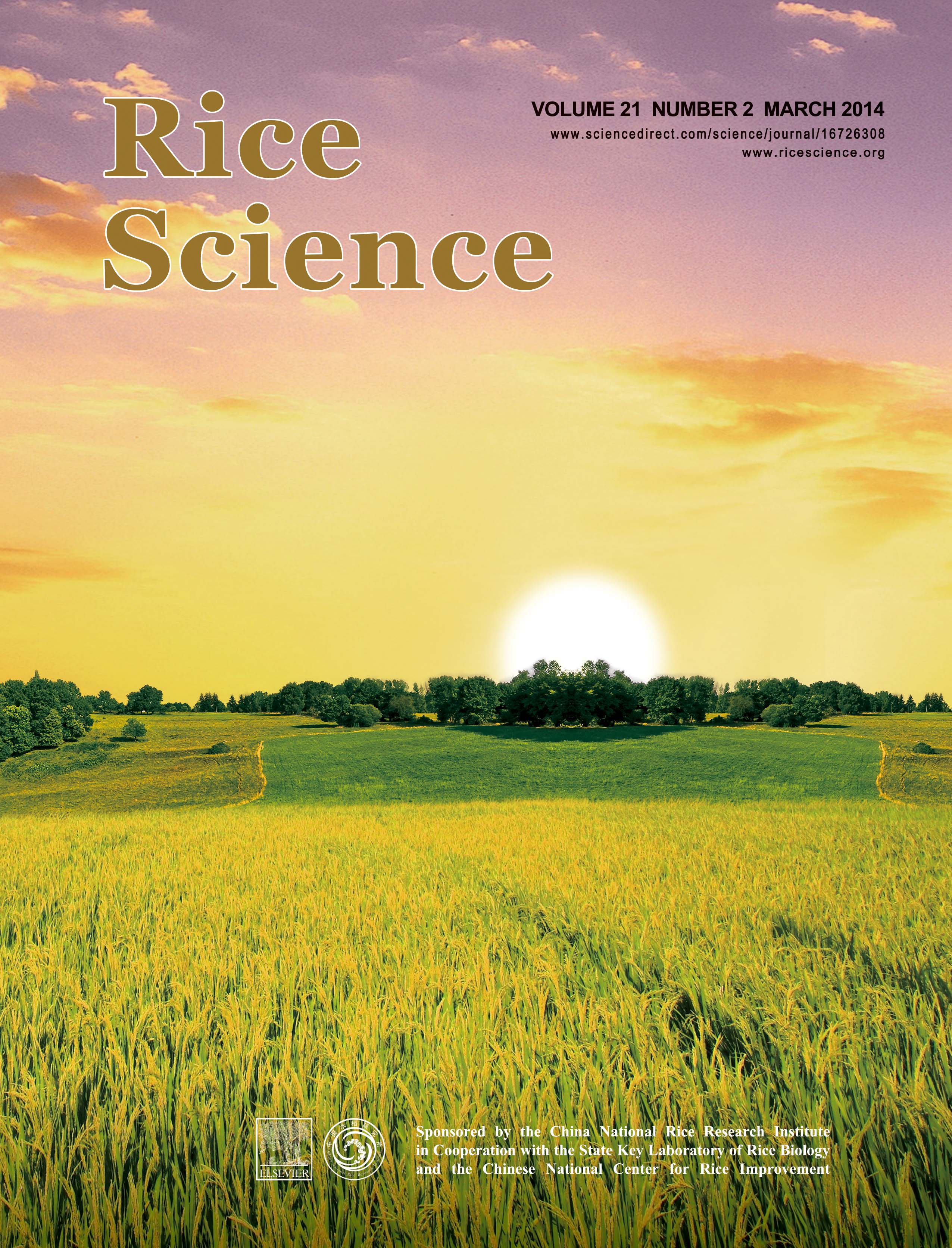The eastern Himalayan region of Northeast (NE) India is home to a large number of indigenous rice varieties, which are traditionally classified as Oryza sativa subspecies indica, japonica or intermediate types. The classification based on traditional Cheng’s index is often inconclusive due to phenotypic plasticity of morphological characters, which are influenced by environmental conditions. We used molecular markers specific for indica and japonica subspecies to assess the degree of genetic relatedness of indigenous rice varieties in NE India. The results revealed that majority of upland (jum) and glutinous rice varieties, traditionally considered as japonica, were genetically close to the subspecies indica. All varieties of boro ecotype were found to be indica type, and only a few varieties cultivated in lowland and upland areas were japonica type. Some of the lowland varieties of the sali ecotype were intermediate between indica and japonica, and they showed a closer genetic affinity to O. rufipogon.

